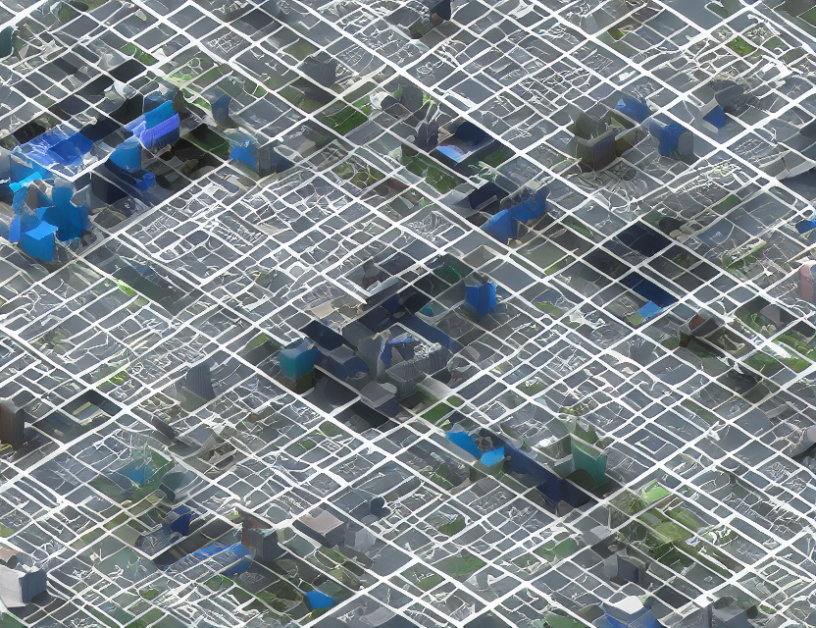Ontologies are like Lego blocks that help robots build a common language to understand their surroundings. Just as Lego bricks have different shapes and colors, ontologies define different concepts and relationships in a 3D environment. By using these building blocks, robots can share their understanding of a scene with each other and with humans, making it easier for them to navigate and interact with their surroundings.
The article discusses the importance of ontologies in creating a shared representation of a 3D environment. It highlights that ontologies are not just about defining concepts and relationships but also about choosing the right words to describe them. The authors explain how different communities have their own definitions of ontology, which can make it challenging to share knowledge between them. They also discuss the use of common-sense ontologies and knowledge graphs, which have been applied to various tasks such as 2D scene graph generation, image classification, and visual question answering.
The authors emphasize that choosing the right value of "k" (a parameter in the text completion approach) is crucial for accuracy when grounding high-level concepts in 3D scene graphs using text scoring. They also note that while the number of edges incident to each low-level concept varies between different concepts, this variation can be useful in distinguishing high-level concepts.
In summary, ontologies are essential for robots to understand their environment and share knowledge with other robots and humans. By using common-sense ontologies and knowledge graphs, robots can navigate and interact with their surroundings more effectively. The choice of "k" parameter affects the accuracy of grounding high-level concepts in 3D scene graphs, and the variation in the number of edges incident to each low-level concept can be useful in distinguishing high-level concepts.
Spatial Ontology Generation through Text Completion



